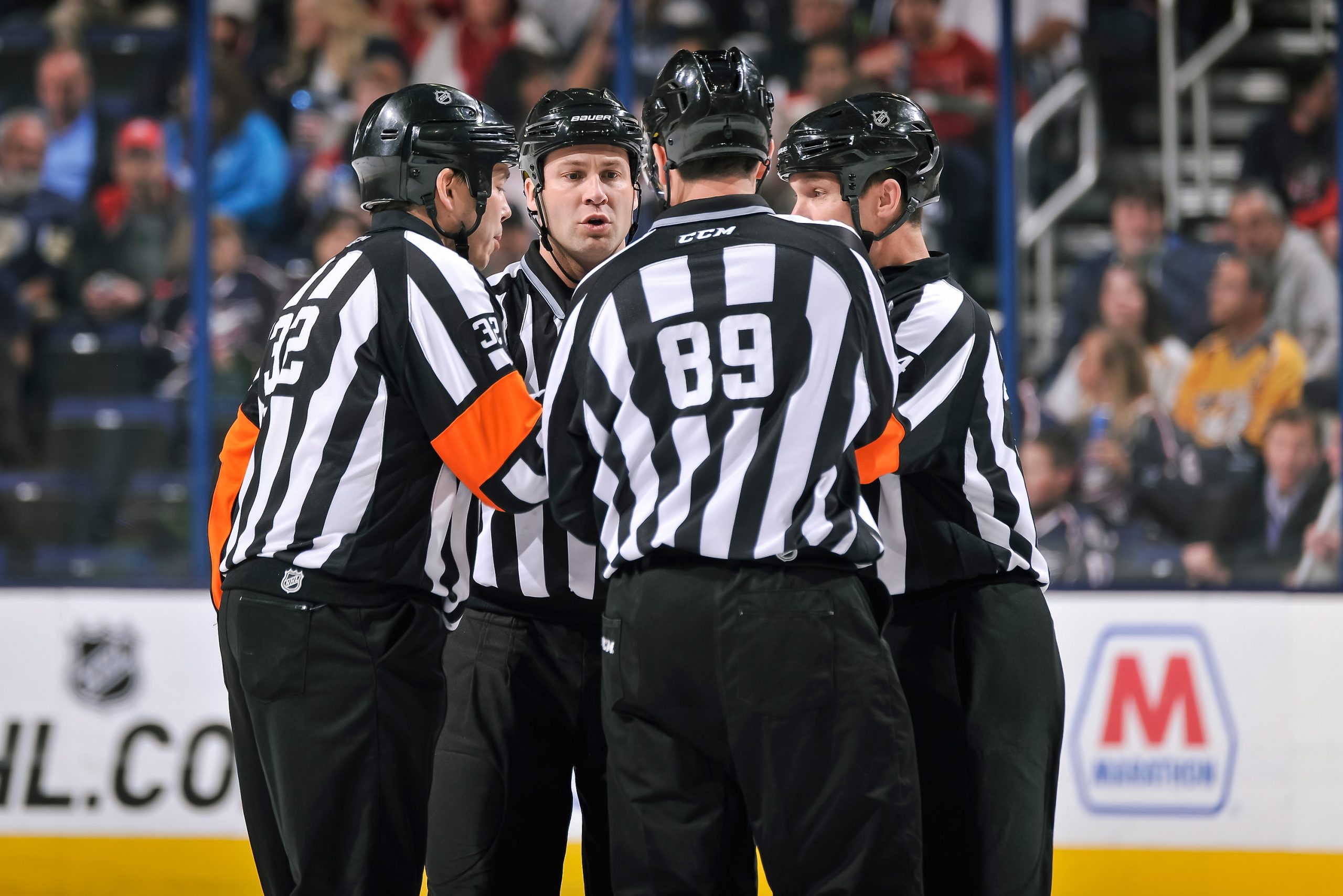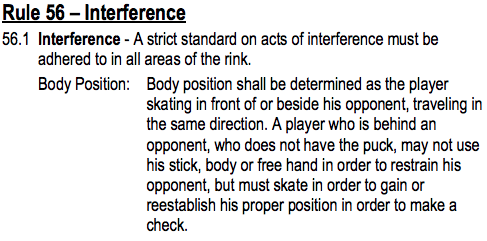The Vegas Golden Knights hold a 1-0 series lead over the Washington Capitals in the 2018 Stanley Cup Final.
Game One was everything you’d want from the NHL’s premier series: Speed, skill, goals, a breakneck pace and despite the score being 3-3 after two, the goaltenders were actually playing well.
Then, as if the NHL refs knew we were having far too much fun watching this game, they inserted themselves into the game as they are so apt to do. After around 42 minutes of unbelievable hockey, two plays would turn this game from instant classic to NHL typical.
Let’s just say it (lean into it because this being a Penguins fan blog, we’ll get called whiners regardless) the NHL has an officiating problem.
Here’s the thing: not wanting to impact the outcome of a game by not calling penalties, impacts the outcome of a game.
Michael Lopez (@StatsbyLopez on Twitter) has a great post on Hockey-Graphs about this subject that gets into the minute-by-minute impact calling penalties has. Read it here.
TL;DR – The refs will set a tone in the first minute, gradually move away from it for 58 minutes and then go back to said tone in the final minute.
Ryan Reaves would tie the game shortly after the Caps took a 4-3 lead, but what led to the goal was questionable:
Tie game! Again! https://t.co/nDY772TrFr | #StanleyCup pic.twitter.com/03xxcPbLHo
— Sportsnet (@Sportsnet) May 29, 2018
I used to be a huge “let the boys play” kinda guy when it came to officiating, but following the 2004 lockout and seeing what the game could be when low-skill, low-speed players weren’t allowed to make elite players slog through sticks, arms and cross-checks, that went out the window.
Yes, that cross-check by Reaves happens multiple times per game in an average game, but read that again. That cross-check by Reaves.
Here’s an issue: 59.1 and 59.2 are contradictory in nature. 59.1 defines the penalty, but 59.2 makes it discretionary. I do understand there are times a player puts his stick up to brace himself, but there’s a difference between bracing yourself and using force to push a player with your stick.
Now let’s get to the biggest controversy of the night: our old pal Tom Wilson.
“A player who is behind an opponent, who does not have the puck, may not use his stick, body or free hand in order to restrain his opponent, but must skate in order to gain or reestablish his proper position in order to make a check.”
- A player who is behind an opponent: ✅
- …who does not have the puck: ✅
- …must skate in order to gain or reestablish his proper position in order to make a check: ✅
So we’ve got that covered, at the least it’s interference. Jonathan Marchessault doesn’t have the puck, he’s in front of Wilson and Wilson is behind him, all boxes checked.
Tom Wilson….you can’t do that pic.twitter.com/HF4mORSowc
— Pete Blackburn (@PeteBlackburn) May 29, 2018
We all know what’s going to happen, we’ll tweet @ Department of Player Safety (Don’t actually do that, it achieves nothing and makes you look like an idiot), Milbury will praise Tom for playing “the right way” and *gulp* takes like this will exist:
Interference? Perhaps. Dirty? What the fuck are you people smoking?
— Becca (@BeccaH_JR) May 29, 2018
Guess your first appearance in the Cup Final in 20 years will lead to that, but whatever, Becky.
Here’s what it comes down to: We had an incredible hockey game for about 42 minutes, instead of playing safe, boring, typical Stanley Cup Final hockey, these teams said screw it and played fast and played to their strengths, rather than trying to hide perceived weaknesses.
A franchise that didn’t exist a year ago was four wins (now three) from the Stanley Cup and a team that hasn’t sniffed the Stanley Cup Final since America Online was the dominant internet service provider finally found their way back.
Yet, after the Golden Knights’ victory, we’re talking about a dirty hit and a missed call leading to a goal.
They’ll tell themselves they didn’t, but the officials impacted the game.
Add The Sports Daily to your Google News Feed!


